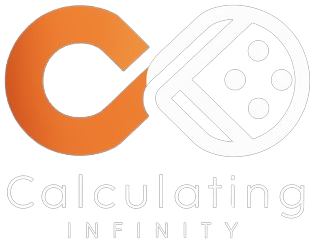Ethereum, the world’s second-largest blockchain community, persistently grappling with scalability points as a consequence of its reputation and elevated community congestion, has had the idea of Layer 2 chains in thoughts since 2014. As extra customers and decentralized purposes (dApps) had been launched, transaction prices skyrocketed, and processing occasions slowed considerably. To deal with these challenges, builders explored numerous scaling options to optimize Layer 2s, with Ethereum rollups rising as one of the crucial promising approaches.
What are Ethereum Rollups?
An Ethereum rollup is a Layer 2 scaling resolution that processes a number of transactions off the primary Ethereum blockchain (Layer 1), bundles them right into a single transaction, after which submits this bundled transaction again to the primary chain. By shifting the majority of transaction processing off-chain, rollups can considerably enhance the throughput of the Ethereum community whereas lowering fuel charges for customers.
Rollups are designed to keep up the safety and decentralization of the Ethereum mainnet whereas bettering its scalability. They obtain this by leveraging the primary chain for knowledge storage and dispute decision whereas executing transactions on a separate layer. This strategy permits rollups to learn from Ethereum’s safety whereas minimizing the load on the primary community.
There are two predominant varieties of Ethereum rollups: Optimistic Rollups and Zero-Information Rollups (ZK-Rollups).
Optimistic Rollups
Optimistic rollups function on the idea that every one transactions are legitimate till confirmed in any other case. They course of transactions off-chain and submit the transaction knowledge to the primary Ethereum chain together with cryptographic proof. Anybody who suspects a fraudulent transaction can problem it throughout a dispute interval. If a transaction is confirmed invalid, the rollup executes a “fraud-proof” and reverts the invalid transaction.
Benefits of Optimistic Rollups:
- Decrease computational prices in comparison with ZK-Rollups
- Extra easy to implement and combine with current Ethereum infrastructure
- Suitable with the Ethereum Digital Machine (EVM), permitting for simpler migration of dApps
Disadvantages of Optimistic Rollups:
- Longer withdrawal occasions as a result of dispute interval (as much as 1-2 weeks)
- Potential vulnerability to fraudulent challenges
- Reliance on the supply of sincere validators to problem invalid transactions
Examples of Optimistic Rollup tasks embody Optimism and Arbitrum.
Zero-Information Rollups (ZK-Rollups)
ZK-Rollups use zero-knowledge proofs, a cryptographic method that enables one occasion to show the validity of a press release to a different occasion with out revealing any extra data. Within the context of Ethereum rollups, ZK-Rollups course of transactions off-chain and generate a cryptographic proof, referred to as a SNARK (Succinct Non-Interactive Argument of Information), which is then submitted to the primary Ethereum chain.
Benefits of ZK-Rollups:
- Sooner transaction finality, as validity proofs are instantly verifiable
- Greater throughput in comparison with Optimistic Rollups
- Higher privateness, as transaction particulars, are usually not revealed on the primary chain
- No want for a dispute interval, lowering withdrawal occasions
Disadvantages of ZK-Rollups:
- Greater computational prices for producing validity proofs
- Extra complicated to implement and combine with current infrastructure
- Greater workload for compatibility with the EVM, typically requiring good contracts to be rewritten for ZK-Rollup compatibility
Examples of ZK-Rollup tasks embody Loopring, Starkware, and zkSync.
Ethereum rollups signify a promising strategy to scaling the Ethereum community whereas sustaining its safety and decentralization. Because the ecosystem matures and extra tasks implement rollup options, customers can look ahead to decrease transaction prices, sooner processing occasions, and a extra accessible and user-friendly expertise on the Ethereum community.


